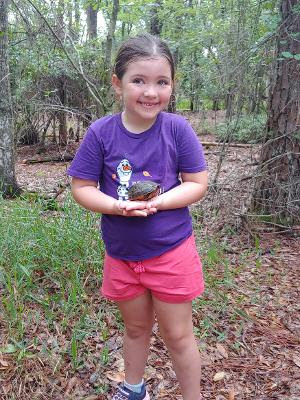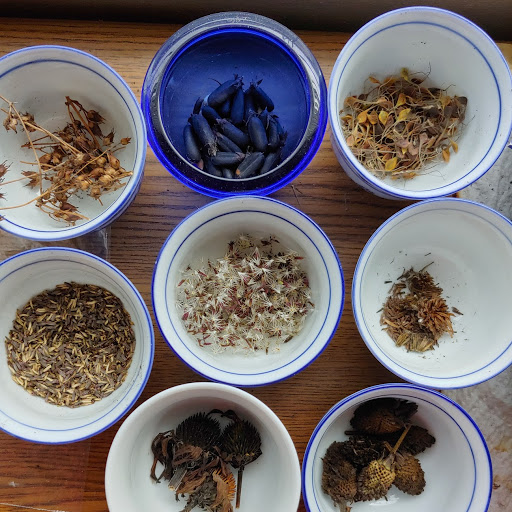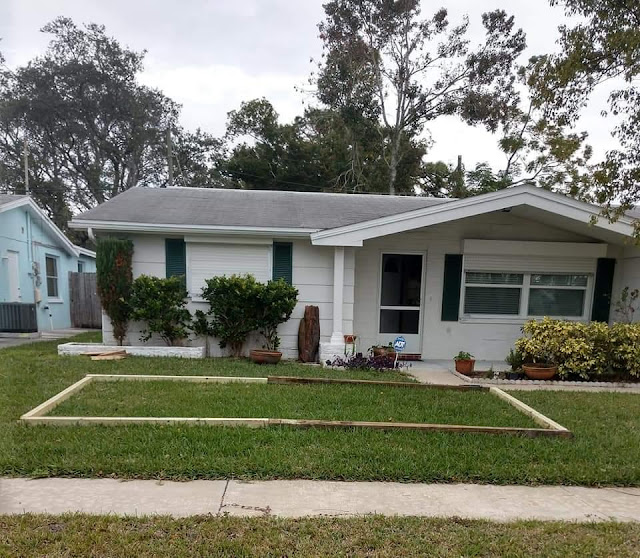The Circle of Reciprocity

Author, botanist & conservation biologist, Robin Wall Kimmerer, writes about the Circle of Reciprocity in her wonderful book, Braiding Sweetgrass; in my opinion, the most important book about our relationship to the land since Aldo Leopold's A Sand County Almanac. What strikes me as most poignant in Dr. Kimmerer's book is coming to an understanding of how we have artificially separated ourselves from the living world in a way most, if not all, native peoples don't. It's this separation of us vs them that seems to most fuel our rapacious hunger for goods and services and our inability to acknowledge these gifts and to consider giving back what we take. The Circle of Reciprocity teaches us to revere what the rest of the world has given us and allows us to feel a sense of responsibility to give something back in return. In our modern Eurocentric culture, we name other living things, but we do so in a way to separate ourselves from them. The striped mud turt

